Text
people here try to put down character redemption arcs now by holding up Zuko as an example as the only one that has done well and all others fail in comparison (as if there’s only one possible way to write a story)
but if AtLA came out now and they were watching Book One for the first time, these same people would be the first to condemn anyone who dares think Zuko could be redeemed
#atla#i think about this a lot and it makes me so mad#modern fandom please understand nuance I'm begging u
2K notes
·
View notes
Text
Rashida Tlaib is a powerhouse. Her grandmother just passed away under occupation (her words) but she’s still organizing for HEAL Palestine— an initiative providing Health, Education, Aid, and Leadership opportunities in a collective effort to help heal Gaza’s youth.
A donation to HEAL Palestine will help shelter, feed, and treat injured and sick Palestinians who have fled military violence, and who are in dire need of basic necessities including food, clean water, and medical supplies because of Israel’s cruel blockade. currently HEAL is working to open a neonatal intensive care unit (NICU) and a new maternity department in Rafah, plus sponsoring medical teams to go to Gaza.
In addition to funding urgent needs, a donation will support long-term solutions and projects in Palestine as well, such as mental health and mentorship for children who’ve been living with trauma their entire lives, and programs to rebuild Gaza’s education and health systems.
Here’s the link to donate.
8K notes
·
View notes
Text
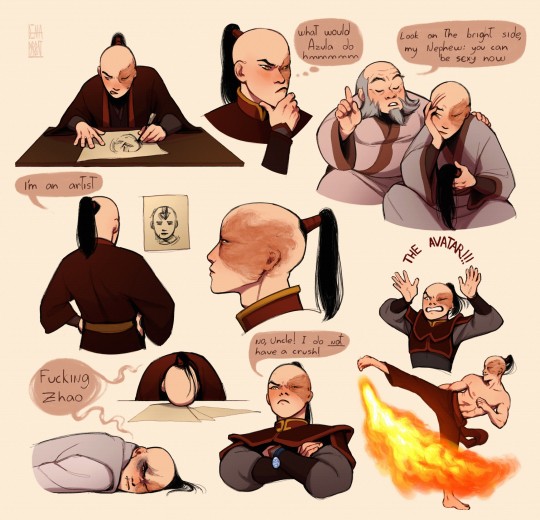
Prince Pouty ™
12K notes
·
View notes
Text

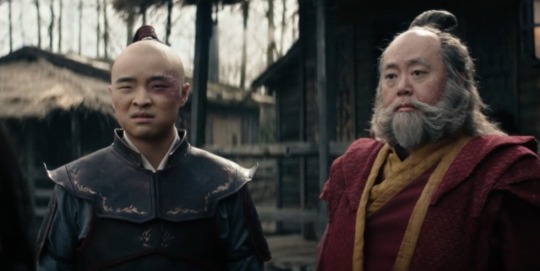
#iroh and zuko are unequivocally the best part of the live action i love them dearly#dallas' zuko is so fucking funny i love it#avatar netflix#avatar live action#atla#atla zuko#atla live action
3K notes
·
View notes
Text

rewatching atla after like 10 years and zuko is so insanely pitiful
19K notes
·
View notes
Text
vash noises are off the charts in the english dub oh my god lmfao
29K notes
·
View notes
Text
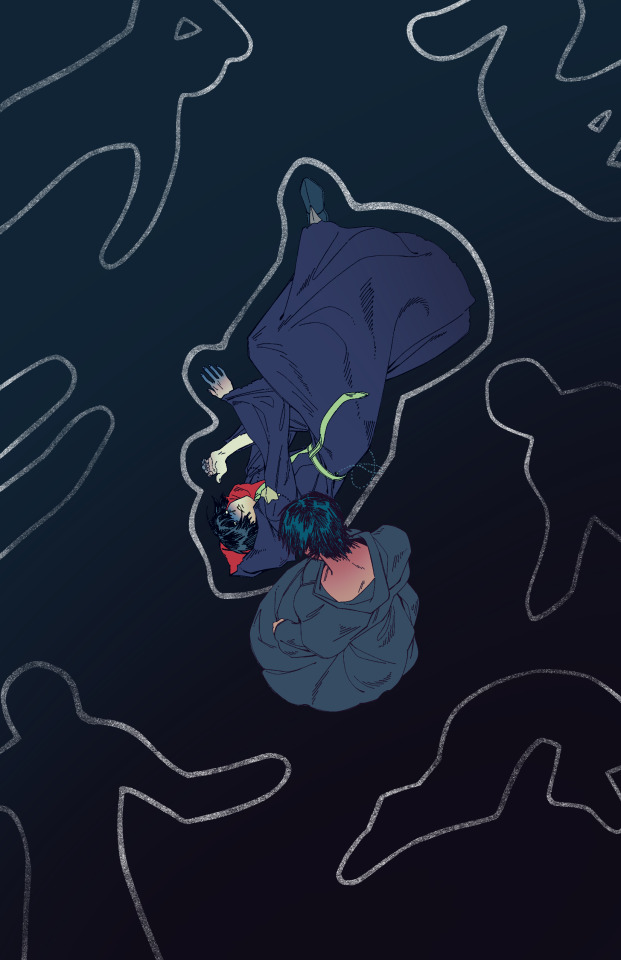
your desperate search for answers must start again.
330 notes
·
View notes
Text


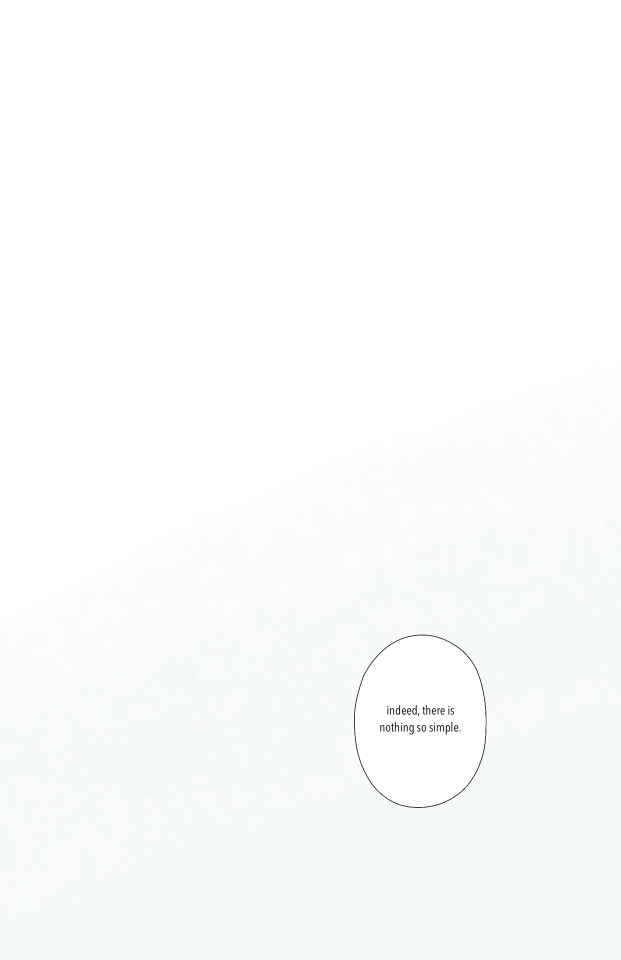
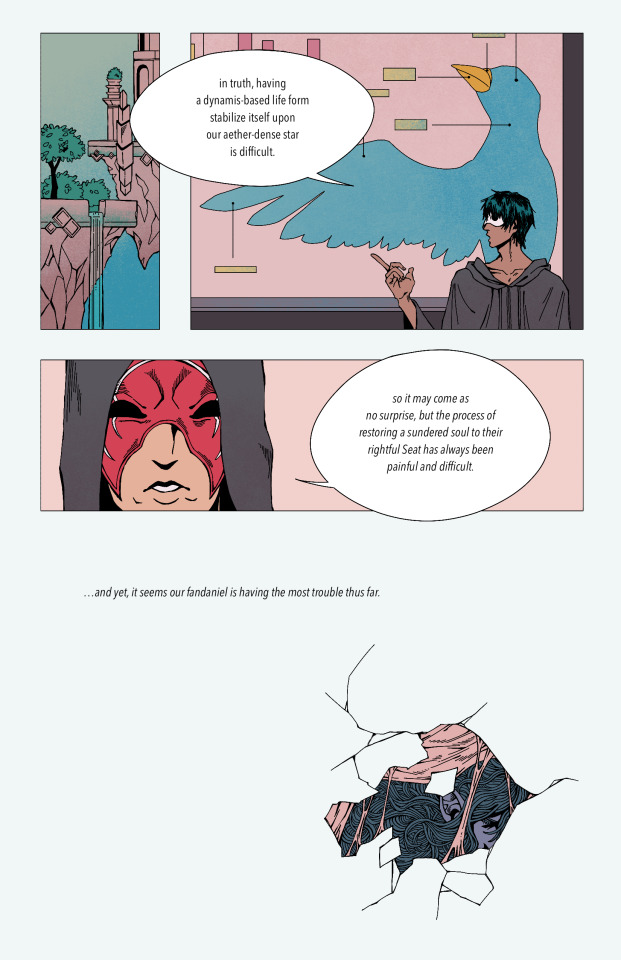








you don’t know what you’re asking for.
2K notes
·
View notes
Text
yemen is the poorest nation in the arab world. but in two weeks time, it did what no oil or gas- rich arab nation could do. by seizing three ships and costing i****l more than 2 billion by forcing its ships to go around africa, yemen showed up.
82K notes
·
View notes
Text
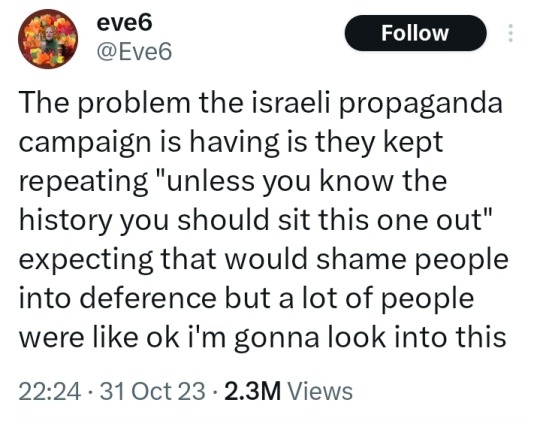
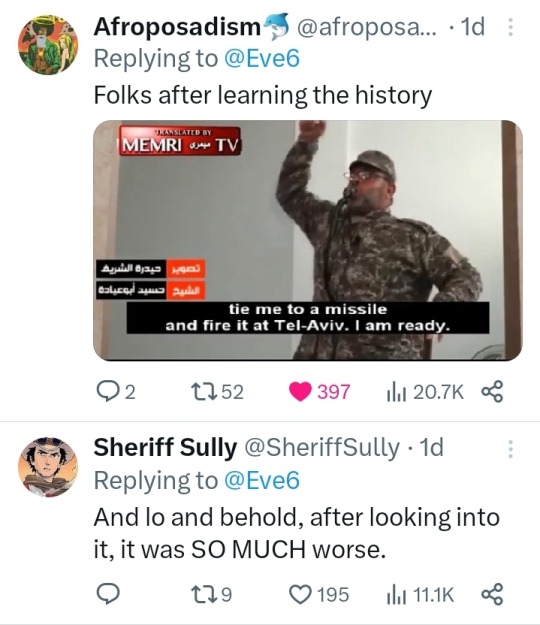


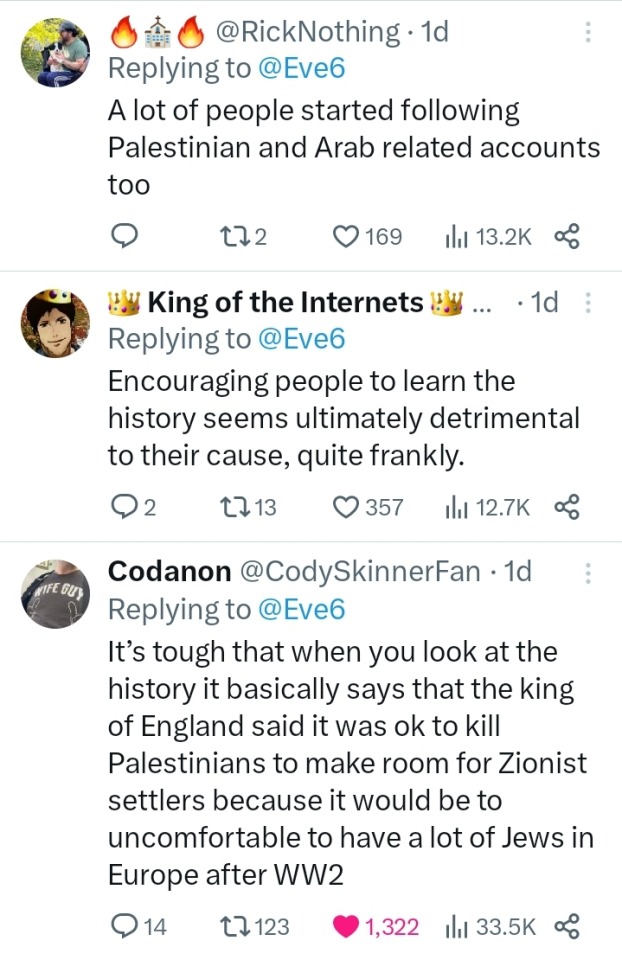
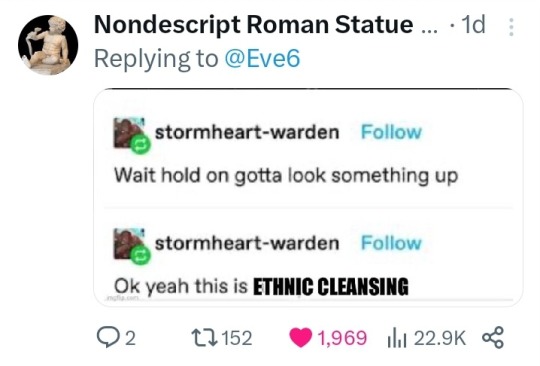
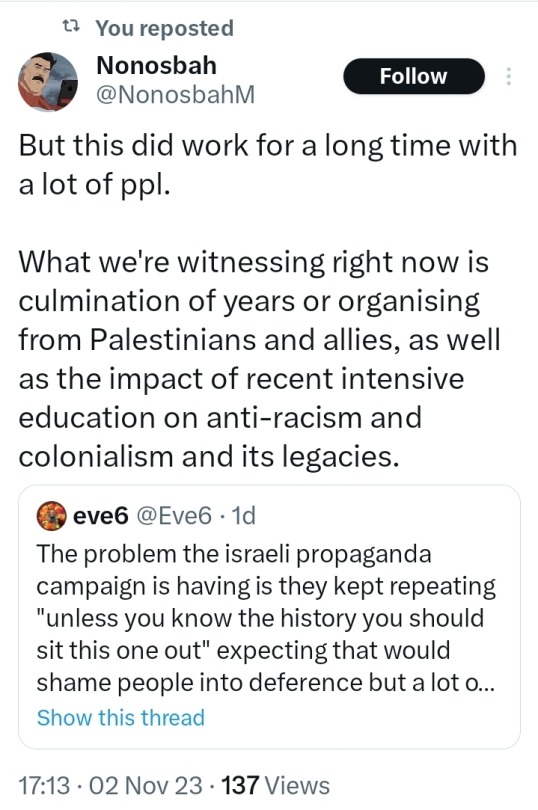
The Big Damn List Of Stuff They Said You Didn't Know
Five free eBooks on the colonization and ethnic cleansing of Palestine
Pluto Books Free Palestine Reading List 30-50% off
LGBT Activist Scott Long's Google Drive of Palestine Freedom Struggle Resources
(includes some of the reading material recced below)
The Cambridge UCU and Pal Society Resources List
List of Academic and Literary Books Compiled by Dr. Kiran Grewal
Academic Books (many available in Goldsmiths library)
Rosemary Sayigh (2007) The Palestinians: From Peasants to Revolutionaries, Bloomsbury
Ilan Pappé (2002)(ed) The Israel/Palestine Question, Routledge
(2006) The Ethnic Cleansing of Palestine, OneWorld Publications
(2011) The Forgotten Palestinians: A History of the Palestinians in Israel, Yale University Press
(2015) The Idea of Israel: A History of Power and Knowledge, Verso Books
(2017) The Biggest Prison on earth: A history of the Occupied territories, OneWorld Publications
(2022) A History of Modern Palestine, Cambridge University Press
Rashid Khalidi (2020) The Hundred Years’ War on Palestine: A History of Settler Colonialism and Resistance, 1917-2017, MacMillan
Andrew Ross (2019) Stone Men: the Palestinians who Built Israel, Verso Books
Ariella Azoulay and Adi Ophir (2012) The One-State Condition: Occupation and Democracy in Israel/Palestine, Stanford University Press.
Ariella Azoulay (2011) From Palestine to Israel: A Photographic Record of Destruction and State Formation, 1947-1950, Pluto Press
Jeff Halper (2010) An Israeli in Palestine: Resisting Dispossession, Redeeming Israel, Pluto Press
(2015) War Against the People: Israel, the Palestinians and Global Pacification
(2021) Decolonizing Israel, Liberating Palestine: Zionism, Settler Colonialism, and the Case for One Democratic State, Pluto Press
Anthony Loewenstein (2023) The Palestine Laboratory: How Israel exports the Technology of Occupation around the World (CURRENTLY FREE TO DOWNLOAD ON VERSO)
Noura Erakat (2019) Justice for some: law and the question of Palestine, Stanford University Press
Neve Gordon (2008) Israel’s Occupation, University of California Press
Joseph Massad (2006) The persistence of the Palestinian question: essays on Zionism and the Palestinians, Routledge Edward Said (1979) The Question of Palestine, Random House
Memoirs, Novels & Poetry:
Voices from Gaza - Insaniyyat (The Society of Palestinian Anthropologists)
Letters From Gaza • Protean Magazine
Raja Shehadeh (2008) Palestinian Walks: forays into a Vanishing Landscape, Profile Books
Ghada Karmi (2009) In Search of Fatima: A Palestinian Story, Verso Books
Fatma Kassem (2011) Palestinian Women: Narratives, histories and gendered memory, Bloombsbury
Mourid Barghouti (2005) I saw Ramallah, Bloomsbury
Izzeldin Abuelaish (2011) I Shall Not Hate: A Gaza Doctor’s Journey on the Road to Peace and Human Dignity, Bloomsbury
Cate Malek and Mateo Hoke (eds)(2015) Palestine Speaks: Narrative of Life under Occupation, Verso Books
The Works of Mahmoud Darwish
Human Rights Reports & Documents
Information on current International Court of Justice case on ‘Legal Consequences arising from the Policies and Practices of Israel in the Occupied Palestinian Territory, including East Jerusalem’
UN Commission of Inquiry Report 2022
UN Special Rapporteur Report on Apartheid 2022
Amnesty International Report on Apartheid 2022
Human Rights Watch Report on Apartheid 2021
Report of the United Nations Fact-Finding Mission on the Gaza Conflict’ 2009 (‘The Goldstone Report’)
Advisory Opinion on the Legal Consequences of the Construction of a Wall in the Occupied Palestinian Territory, International Court of Justice, 9 July 2004
Films
Lemon Tree (2008)
Where Should The Birds Fly (2013)
Naila and the Uprising (2017)
Waltz with Bashir (2008)
Omar (2013)
Paradise Now (2005)
5 Broken Cameras (2011)
The Gatekeepers (2012)
Foxtrot (2017)
Gaza Mon Amour (2020)
The Viewing Booth (2020)
Innocence (2022) - Innocence (2022) | IDFA Archive
The Village Under the Forest (2013)
Palestine Film Institute's films on Gaza
Abby Martin - Gaza Fights For Freedom (2019) | Full Documentary | Directed by Abby Martin
Dan Cohen - Gaza Fights Back | MintPress News Original Documentary
‘The Promise’, directed by Peter Kosminsky (2010) (4 part miniseries on the creation of Israel)
Sources:
https://www.972mag.com/
https://jewishcurrents.org/
Jadaliyya ‘Gaza in Context’ Series
Jadaliyya “War on Palestine” podcast - The War on Palestine Podcast: Episode 1
Border Chronicle, Interview with Israeli anthropologist Jeff Halper
NGOs
B’Tselem
Breaking the Silence
Al Haq
Palestinian Feminist Collective
Yesh Din
DAWN
Amnesty International
Human Rights Watch
Gisha
Forensic Architecture
Instagram Accounts
gazangirl
mohammedelkurd
khaledbeydoun
motaz_azaiza
wizard_bisan1
etafrum
sara_mardini963
Twitter(X) Accounts
@PalStudies - Institute for Palestine Studies
@medicalaidpal
@middleeastmatters
@KenRoth - former executive director of Human Rights Watch
@YairWallach - Reader in Israel Studies at SOAS
@ PhilipProudfoot - researcher on development, humanitarianism and Arab states
@btselem - Israeli human rights documentation centre
@MairavZ - Senior Israel-Palestine Analyst at Crisis Group
@rohantalbot - Director of Advocacy and Campaigns at MedicalAidPal
@sarahleah1 - Executive Director of DAWN (democracy and human rights in MENA)
@alhaq_org - Palestinian human rights organisation
@FranceskAlbs - UN Special Rapporteur on the Occupied Territories
@Yesh_Din - Israeli human rights organisation
@sfardm - Michael Sfard, Israeli Human Rights Lawyer
@EphstainItay - Israeli international humanitarian lawyer
@saribashi - Program director for Human Rights Watch (Israeli living in Palestine)
@Gisha_Access - Israeli NGO
@_ZachFoster - Historian
Share widely!
(if any links are broken let me know. Or pull up the current post to check whether it's fixed.)
From River To The Sea Palestine Will Be Free 🇵🇸🇵🇸🇵🇸
(I took the first video down because turns out the animator is a terf and it links to her blog. Really sorry for any distress.)
72K notes
·
View notes
Text

little spirit of winter changing into spring 🌼🌿
2K notes
·
View notes
Note
Can you give us some insight as to what InuYasha's outfit or the components of his outfit are called? I've seen so many terms thrown around from kimono to suikan to yukata to haori, not to mention obi and hakama and whatnot. I've looked a little bit into it myself, but you seem more knowledgeable and I really liked your analysis on Kagura's outfit and even Sesshomaru's fluffy bit!
A joint effort by tekka-wekka and vorpalgirl
I’m glad you’ve liked our articles so far! tekka-wekka did most of those (though regarding Sesshōmaru’s fluffy thing, credit is 100% due to the wonderful inu-fanon!), but we’ll answer yours together, because I had thoughts on the matter. Like you, I’ve seen a lot of terms, some of them wildly inaccurate, used for Inuyasha’s clothing. Tekka even more so, since she went through the trouble of researching Sengoku period clothing, so it’s become something she always notices. You mention the term haori for instance; Inuyasha doesn’t wear one at all, but I recall one of my favorite fics using the term for the Robe of the Fire Rat. Since it was clear from context what the author meant, I didn’t think twice until quoting it to Tekka and getting corrected on it.
To be honest, you see this happen all the time. Most of Western fandom for Japanese media is not aware of the terminology surrounding traditional Japanese clothing beyond common terms like kimono, yukata, obi, and maybe furisode. Heck, even my own knowledge is barely beyond that, and it’s only as good as it is because of Tekka’s research! So even a good fic might have an error slip through simply because none of the readers noticed it, and it’s easy to mix up terms that are literally foreign to you. To make matters more confusing, even what we consider traditional clothing is modern compared to the clothing in InuYasha.So that explains the why. But of course, you asked the “what.” And the good news is, that’s pretty easy to answer, thanks to one of Tekka’s favorite sources: Hakagure Productions. Visit that link, and you’ll find a fantastically complete discussion of Japanese clothing in history that gets right down to when what fabrics became available, followed by a complete breakdown of most of the Inu-tachi’s clothing. Since you asked specifically about Inuyasha’s though (and since his is the most frequently mis-labeled from what I can tell - you really saw yukata!? Egads!), here’s the deets on his:First, I’m happy to hear you heard the term suikan, because that’s actually what the (red in his case) jacket is called. I’m going to be a total mooch here, and use Hakagure Pro’s own graphic to illustrate.
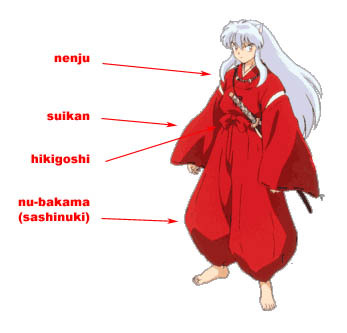
According to the writer at Hakagure Productions, a suikan is “a sort of hunting jacket with squared shoulders and wide sleeves. The sleeves are slit open above the shoulders, and the cuffs have a string woven through them called a sode-kukuri.” These sode-kukuri (literally, “tied sleeves”) function as a drawstring.So basically, suikan are the Japanese equivalent of a sportcoat; something guys in the old days used to wear while hunting or doing other outdoor activities but now look kinda weirdly formal and old-fashioned to modern eyes. Actually really, really formal and old-fashioned, in the case of his suikan, because it definitely reads as feudal-era clothing to a Japanese reader.
Now, Inuyasha’s not the only character wearing a suikan. Hakudoshi sports one as well:

As you can see, Hakudoshi and Inuyasha tie the cords holding their suikan shut differently. Inuyasha wears his suikan like a warrior, because he is one. Hakudoshi wears his suikan like a noble, because he’s a pretentious little shit.
Over his suikan, Inuyasha wears what Hagakure terms nenju, and what the anime calls Beads of Subjugation. The nenju is made up of mala beads (the round ones) and magatama beads (the claw-shaped ones).
Underneath his suikan, you will notice, is a white shirt, the collar of which shows from underneath the collar of his suikan. This is an undershirt, which can be referred to as a hadagi, hadajuban or shitagi; but these terms are not interchangeable. You’re probably best off referring to it as his hadagi, his hadajuban, or simply his “undershirt.” A man’s hadagi ”typically would extend to mid-thigh and is secured with a thin obi or short ties sewn into the waist of the garment.” This is why you see white fabric peeking through the vents of his hakama; it’s his hadagi making another appearance.
An obi, by the way, is simply a sash used to hold clothing shut. You could call it a sash or a belt if you want to make it clear to your readers what an obi does.
Now, let’s move on down to the garments of the lower body.
The term hakama isn’t inaccurate, but it is generic; hakama just means a garment covering the lower body, such as a pair of pants or a skirt. So when you refer to Inuyasha’s “hakama,” you’re literally just saying his “pants,” as opposed to the specific type of pants. Inuyasha wears hakama called both nu-bakama and sashinuki, just like Sesshōmaru. So it’s fine to refer to his pants as hakama, as it’s exactly the same as referring to someone’s shorts as their “pants” or their miniskirt as a “skirt.”
A pair of hakama, according Hagakure, ”is secured at the waist or belly by four wide cords (hikigoshi), which wrap around each other and are usually secured with one knot at the front and one knot at the back.” In Inuyasha’s case, he ties his hikigoshi in front, then slides Tessaiga between them.
If you look at the crotch of his hakama, you’ll notice the seams are overlapped, rather than sewn shut. From Sengoku Daimyo: ”Many hakama were made “crotchless” — that is, the underneath seam was left unclosed. This was to allow one’s natural bodily functions (at least the “smaller” ones) without having to disrobe. This was structurally easier to do with the more full hakama, of course. Others had overlapping gussets making a fly, or were just sewn shut with a normal gusset.”
If for some reason, your fic includes a scene where Inuyasha must answer the call of nature, he could pull the seams apart and take care of business without undressing.A note on the material of Inuyasha’s hakama: When he gives Kagome his suikan in the Yura of the Hair chapters, he describes it as being made from “Fire-Rat fur,” making it better than most Sengoku-era armor. This is a reference to the Robe of the Fire-Rat, a famous item from Taketori Monogatari, a.k.a. “Tale of the Bamboo-Cutter” or “The Tale of Princess Kaguya” and similar titles. Because canon sources often call his clothing the “Robe of the Fire-Rat,” many times people assume the term only refers to his suikan, his most robe-like garment. However, it’s likely his hakama is made from the same material, as it seems just as durable as his suikan andlooks like it’s made of the same cloth; it’s obviously a matching set. (Sidebar: like most clothing in the series, it appears to be self-repairing. It also appears to grow along with Inuyasha, given he is drawn in it even in flashbacks to his childhood. Awkward lack of continuity, or really handy magic? You decide!)
As for underwear…well, unless he goes commando, he likely wears one of these (images taken from Wikipedia, license here):


It’s called a fundoshi, by the way. And yes, it’s basically a thong in the back.
Sources (Click for Links!)
Fundoshi
Hagakure Productions, a Wonderful Resource for All Things InuYasha
Sengoku Daimyo, A Source For Sengoku Clothing, Armor, Language, Etc.
Nu-Bakama/Sashinuki
The Suikan: English Resource, Japanese Site with Multiple Pictures
391 notes
·
View notes
Photo






I made some pokemon berry backgrounds (pecha and oran) that are free to use as long as you credit me! :> (click on them to view them at their natural size, which is 200x200)
7K notes
·
View notes
Photo






I made some pokeball backgrounds similar to the berry backgrounds I made the other day! ^^ I might make more later…. Feel free to use them but please credit me! Click on them to view them at their natural size (200x200)
5K notes
·
View notes


